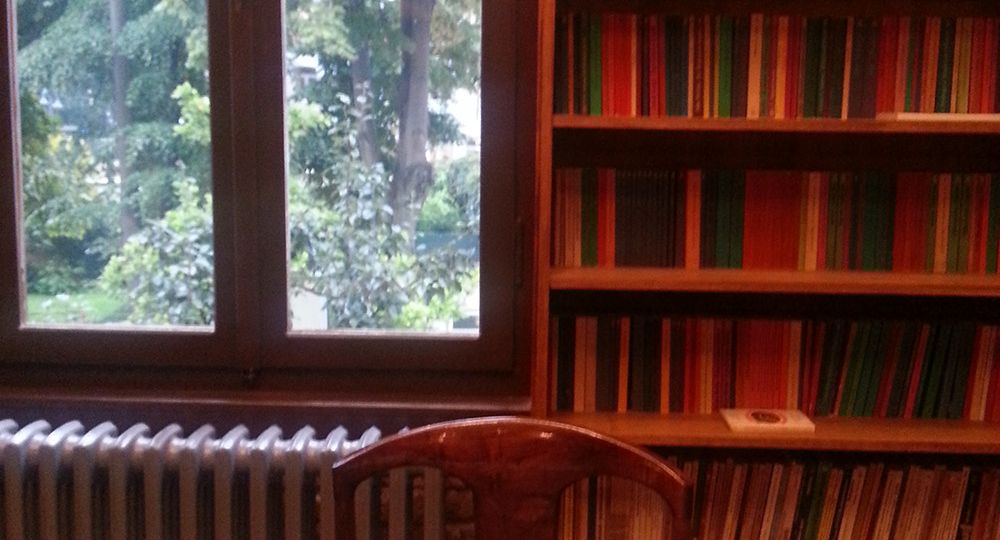
‘To know is to feel’: Being an ANAMED fellow
Serena Love, ANAMED Fellow 2015–2016, shares how she has ‘absorbed the combined energy of İstiklal Avenue and İstanbul and channeled it into a daily writing regime’…
What began as a full sensory overload has progressively eased into a comforting vibrancy. I’ve absorbed the combined energy of İstiklal Avenue and Istanbul and channeled it into a daily writing regime. I have paired with another Fellow as a “writing partner” and together we are exploring Beyoğlu’s café culture, one coffee at a time. As an undergraduate at UC Berkeley, I spent more time in cafés than the university library so I trained myself to feed off the bustling energy of others and find concentration easier when surrounded by a crowded ambience. Tim Ingold writes in his book, Making, “to do is to know” but to that I add: to know is to feel. The real benefit of being an ANAMED fellow isn’t the fancy building or the well-stocked library shelves. The benefit is being here, the ontological experience of Turkish culture and society.
The pervasive crowds, interminable noise and boundless energy are the biggest adjustments to being an ANAMED fellow. I have never been a ‘big city’ girl so living on İstiklal Avenue, in the very center of bustling Beyoğlu, is a new experience. But the energy both within and outside ANAMED is infectiously contagious and I’ve gradually warmed to the crowds and noise, using them in tandem to fuel my passion for writing, for exploring and for learning.
I became an academic because of an insatiable curiosity for people and cultures, past and present. But I also live a life steeped in foreign cultures, customs and languages. I’ve spent 11 years living abroad and fully immersed myself in the cultures I study. At ANAMED, I am constantly learning about new places, languages, cultures and customs. I learn mostly from the other fellows, feeding on their collective experiences and vast knowledges. I now know more about the Byzantine and Ottoman periods than I never knew before. But also the fellows themselves are a multi-cultural group with a rich and interesting diversity. Being at ANAMED is a corporal experience with palpable cultural heritage in the center of Istanbul. ANAMED is perfectly situated in a district saturated with history, glittering with aesthetically impressive architecture. Beyoğlu is a radical departure from Koyna, where my perceptions of Turkey have been nurtured since I began working in Turkey in 2004. ANAMED building itself is a historical gem, with a modern renovation careful to preserve the building’s original 1880’s character. However, while the generous use of glass throughout the building creates an expansive illusion, the glass also acts as a panopticon reminiscent of Foucault’s Discipline and Punishment.

